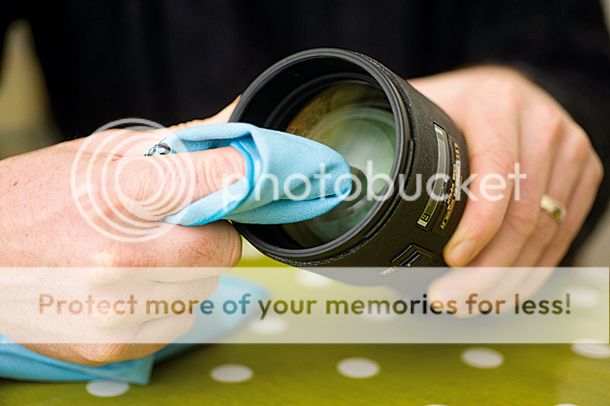The much-anticipated iPhone 5 was finally revealed last night at Apple’s Cupertino, California, headquarters, and while the main headline is the 6th-generation smartphone’s slimmer figure (18% thinner and 20% lighter than iPhone 4S), there are some key improvements to the iPhone 5 camera – resolution and video capabilities being key among them – that should appeal to photographers everywhere.
The iPhone 5 camera retains the 8-megapixel sensor size announced last year in the 4S, but unlike its predecessor the iPhone 5 camera resolution jumps to 3,264 x 2,448 on a retina display.
Apple says the iPhone 5 camera lens has also been enhanced with a fast f/2.4 aperture to improve its capability for low-light photography. What’s more, they’ve added a new dynamic low-light mode that boosts the iPhone 5 camera’s aperture by two stops when it detects low light.
Other enhancements include a new A6 chip with an enhanced image signal processor that Apple claims makes the iPhone 5 camera 40% faster than the 4S.
Another key improvement over the 4S is a new panorama mode in which the iPhone 5 camera can record 28-megapixel images. This is achieved with a simple sweeping motion while taking a picture, much like the panorama modes in many of the high-end digital compact cameras on the market; however, the iPhone 5 camera tells you how fast to move the camera, and built-in software aims to compensate for too much movement in your motion.
Improvements in stabilisation have also been added to video recording, and the iPhone 5 offers full HD (1080p) video capability at up to 30 frames per second with audio. You can also shoot still images while recording movies.
Users will also find face detection for up to 10 faces on the iPhone 5 camera, which it recognises both in video and stills.
The front-facing FaceTime HD camera on the iPhone 5 now records video at 720p at up to 30 frames per second, and shoots 1.2-megapixel photos.
Apple claims it also offers improved sound, with a new beam-forming direction microphone included among the smartphone’s three microphones.
Other iPhone 5 camera features to note include a new Shared Photo Streams facility for sharing images via the web or Apple’s iCloud, geotagging photos and videos, an LED flash, and an autofocus function with the ability to tap to focus whether shooting still images or recording video.
For more on the iPhone 5, our friends over at Tap! have put together a fully interactive HD edition, the Complete Guide to iPhone 5, for iPad, iPhone and iPod Touch users.









